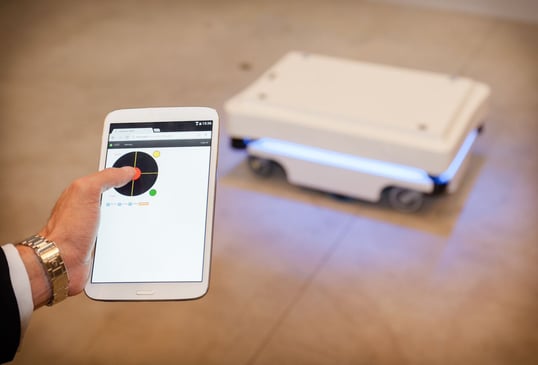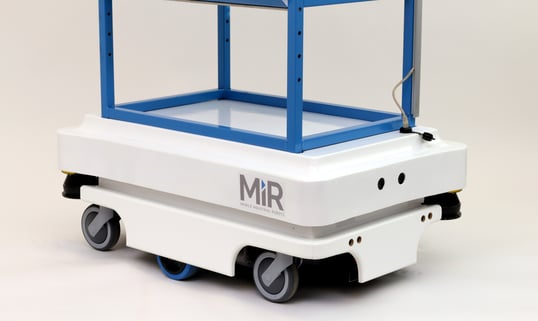-
- bimba
- Universal Robots
- dorner
- cobots
- industrial automation nj/ny
- The Knotts Company
- manufacturing
- Dorner Conveyors,
- The Knotts Co
- UR
- Robots
- PLC
- Unitronics
- automation
- humphrey products
- knotts company
- solutions
- HMI
- cobot
- conveyors
- robotics
- aluminum extrusion
- aluminum extrusion in nj
- automation solutions
- engineered solutions
- air cylinder
- cost effective
- cost savings
- Robotiq
- collaborative robots
- t-slotted extrusion
- bimba solutions
- collaborative robot
- technology
- MiR
- Humphrey
- IAI
- WAGO
- assembly
- bimba pneumatic
- machine guard
- smartflex conveyors
- solution
- 2200 Series
- cylinder
- electric cylinder
- motion control
- pharmaceuticals
- sanitary conveyor
- Products
- automation control
- conveyor
- core competencies
- grippers
- packaging
- resource
- robot
- AquaPruf
- Asycube
- Asyril
- Belt Conveyors
- Cage Clamp
- Machine Guarding
- Mobile Robots
- Norgren
- OptoForce
- Pneumadyne
- Pneumatic Valve
- ROBO Cylinder
- UR5
- actuators
- automated palletizing
- compressed air
- custom solution
- food safety and sanitation
- mobile industrial robot
- palletizing
- quality assurance
- safety
- stainless steel conveyors
- vision
- Belts
- Benefits
- Bimba IntelliSense®
- CT Effects
- Food
- PLC+HMI
- Proportion Air
- Proportional valve
- Questions
- Success
- UR10
- Vaccon
- automated inspection
- gripper
- improvement
- industrial vision
- intelligent actuator
- labeling application
- life science
- medical industry
- pneumatic motion control
- robotics solutions
- sales process
- sensor
- thomas
- valve
- 3200 series
- 6-axis robot
- 80/20
- Acro
- Automate
- Beverage
- LMI
- Machine
- OnRobot
- Original Line Cylinder
- Pinch Valve
- Precision Technology
- Predictive Maintenance
- Preventive Maintenance
- Product News
- ROBO Cylinders
- ROI
- Reducing Costs
- automated mobile robot
- autonomous mobile robot
- connectors
- controls
- covid
- custom solutions
- customer service
- e-Series
- electric actuator
- electro-mechanical
- end of arm tools
- energy plant
- ethercat
- external resource
- flexmove technology
- guarding
- inspection
- labor shortage
- machine control
- manufacturers
- medical
- monitoring
- motion
- new product
- outsource
- outsourcing
- pneumatic actuator
- pneumatic valves
- precision move
- quick response solution
- regulator
- sales tools
- steel frame
- vacuum
- vacuum technology
- welded steel frame
- 7X Series Conveyor
- AMR
- Advantages
- Application
- Applied Motion Products
- Asycube 530
- Asyfeed Pocket
- Balanced Valves
- CNC program
- Continuity Inspection Tool
- Control Panel
- Controllers
- Crowned Pulley
- F22 Series
- Factory Improved Productivity
- Filtration
- Fire Fighting
- Flexible Feed
- Freeze protection
- Gas
- High Pressure Regulator
- IP65
- Inspekto
- IntelliPress
- Intellisense
- International Manufacturing Technology Show 2016
- LARGO A5
- Legos
- MIRAI
- Machine Controllers
- Machine Vision
- Micropsi
- NJ
- NY
- New
- New Scale Robotics
- OEE
- Oil
- Optimization
- PACK EXPO
- PC10
- Parison Blow Molding
- Pick-it
- ProControl Series
- ROEQ
- Rain Test
- Resin Block
- Rio Olympics
- SCHUNK
- Sanitation
- Sensors
- Smart Manufacturing
- Spot Welding
- TRD
- Temperature Controller
- Training
- Trio Manufacturing Technology
- Twist Clamp
- UR3
- UniStream
- Universal
- V-guide
- Valve Assemble
- Vane-Buster
- Versagrip
- Versagrip solenoid pinch valves
- Victory Actuator
- Vision430
- XTR Series
- Yamaha
- balanced solenoid valve series
- bimba electric
- bottle filling
- brewery
- brushless motor
- buna
- center point
- chicane
- cloud
- cobot compliance
- collaborative operation
- compact series
- composite cylinder
- conference
- cost
- date code
- demonstration
- desiccant drier
- design
Get the latest in your inbox.
American workers spend countless hours on their feet walking, lifting, or moving items from one location to another. With the implementation of autonomous mobile robots, the effort involved can become much easier for the average worker, which can benefit both the company as well as the individual.

Mobile robots are rapidly becoming a routine part of factories, warehouses, shipping centers, and even office buildings. These very versatile machines can adapt to a variety of environments and bring tangible benefits to the business.

Some of the ways autonomous mobile robots can benefit the workforce include:
- Reduced movement – the mobile robot can come to the worker, so there is less travel involved. The worker can then retrieve items and scan them from the robot receptacle, or scan items into the robot bin for delivery elsewhere. This makes the order picking or receiving process much more efficient and improves accuracy while reducing movement.
- Risk of injury – because the robot assumes most of the heavy lifting duties, there is a reduced risk of injury to the workers. Many mobile robots can transport 250 pounds or more, and have crash avoidance systems that reduces the chance of a spill. Workers will have less risk of back injury, falls, or other issues related to moving products.
- Fatigue – worker fatigue is a very serious problem today. Because the mobile robots can do most of the traveling from one area to another, workers will not become tired as quickly and can be more alert in their work areas. Robots also can be programmed to alert a worker if the incorrect item is being scanned, or if an item is removed or placed without scanning. This alert system can keep workers on their toes and prevent errors due to fatigue.
- Productivity – robots can work as partners with their human counterparts to boost productivity levels and increase the number of lines per hour processed. Many companies provide incentives to workers for productivity increases, which is a morale boost as well as a benefit to the company.
- Adaptation – mobile robots are designed to work in a variety of environments including refrigerated storage, highly sanitary areas, or areas where chemicals are processed. The robot can take on some of the more delicate or dangerous tasks that were once the responsibility of humans. Instead, the humans simply need to supervise to insure the robot arrives safely at its destination.
- Maintenance – the chances of a mobile robot breaking down in the middle of a task is very minimal. Most robots can be programmed to move to their charging station if the battery runs low, and another robot can assume the responsibilities. This reduces worker concerns about the robot reliability.
- Dependability – the mobile robots can run 24 hours a day, 7 days a week. This allows workers to depend on the robots to be there when needed so that shifts transition smoothly and there is little to no disruption in workflow.
Businesses Notice the Impact as Well
From a corporate level, there is little doubt that utilizing autonomous mobile robots can be beneficial. The payback period is typically around 1 year, and the impact on worker morale is quite positive. All types of industries have found applications for mobile robots including office complexes, shipping or mail centers, logistics operations, warehouses, manufacturing and more.
The Knotts Company has additional information available for companies that are interested in utilizing mobile robots in their operations. To find out more information, schedule an on-site demonstration of how autonomous mobile robots can work in your facilities to measure how this new technology can help to boost your business and your workforce.
Would you like an on-site demo?
Interested in Learning More?
Please fill out our contact form, and a member of the Knotts Team will get in touch to help you.
%202.png?width=323&height=215&name=PH_VA_VR_Series_Technical_Support%20(1)%202.png)



